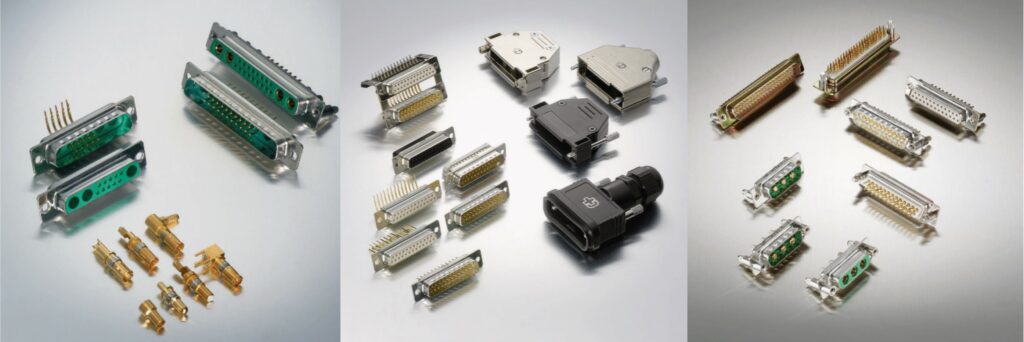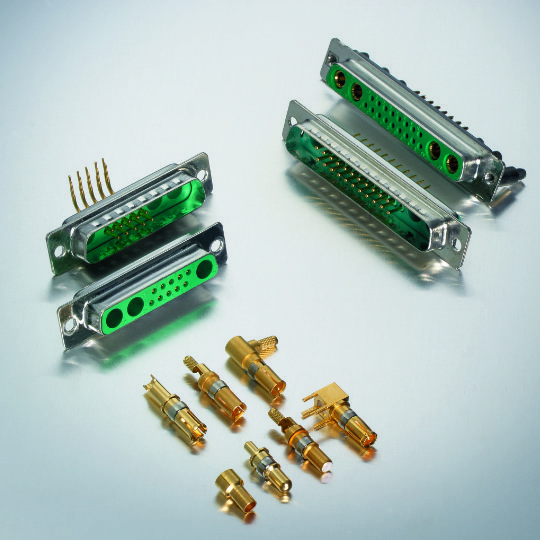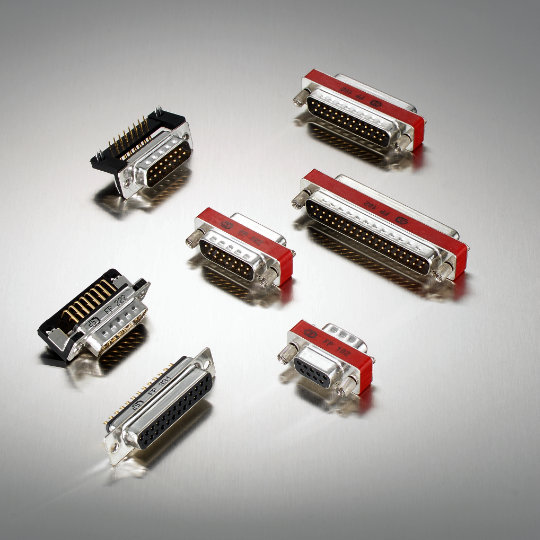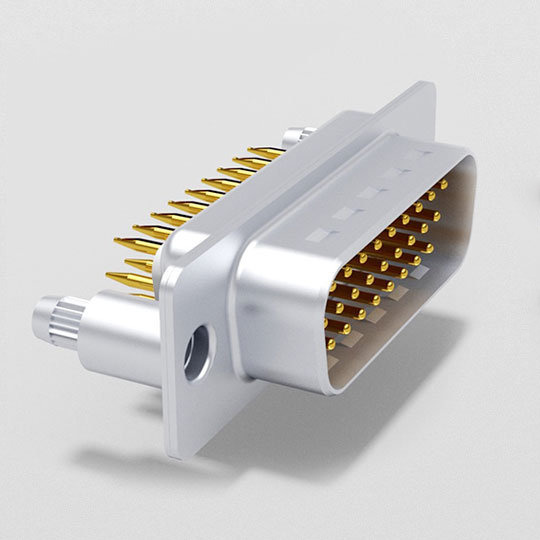D-Sub Connectors
The D-subminiature connector, more commonly known as a D-Sub connector is a family of connectors that were introduced by Cannon in 1952 and they are still being widely used today. Although in today’s electronic marketplace technology is ever-changing and adapting to meet consumer wants and needs. Despite being over 60 years old, there are still plenty of devices using D-Sub technology that we are still reliant on. In this article, we are going to discuss what D-subs are, where they are commonly used, what they look like and their importance in today’s modern world.




